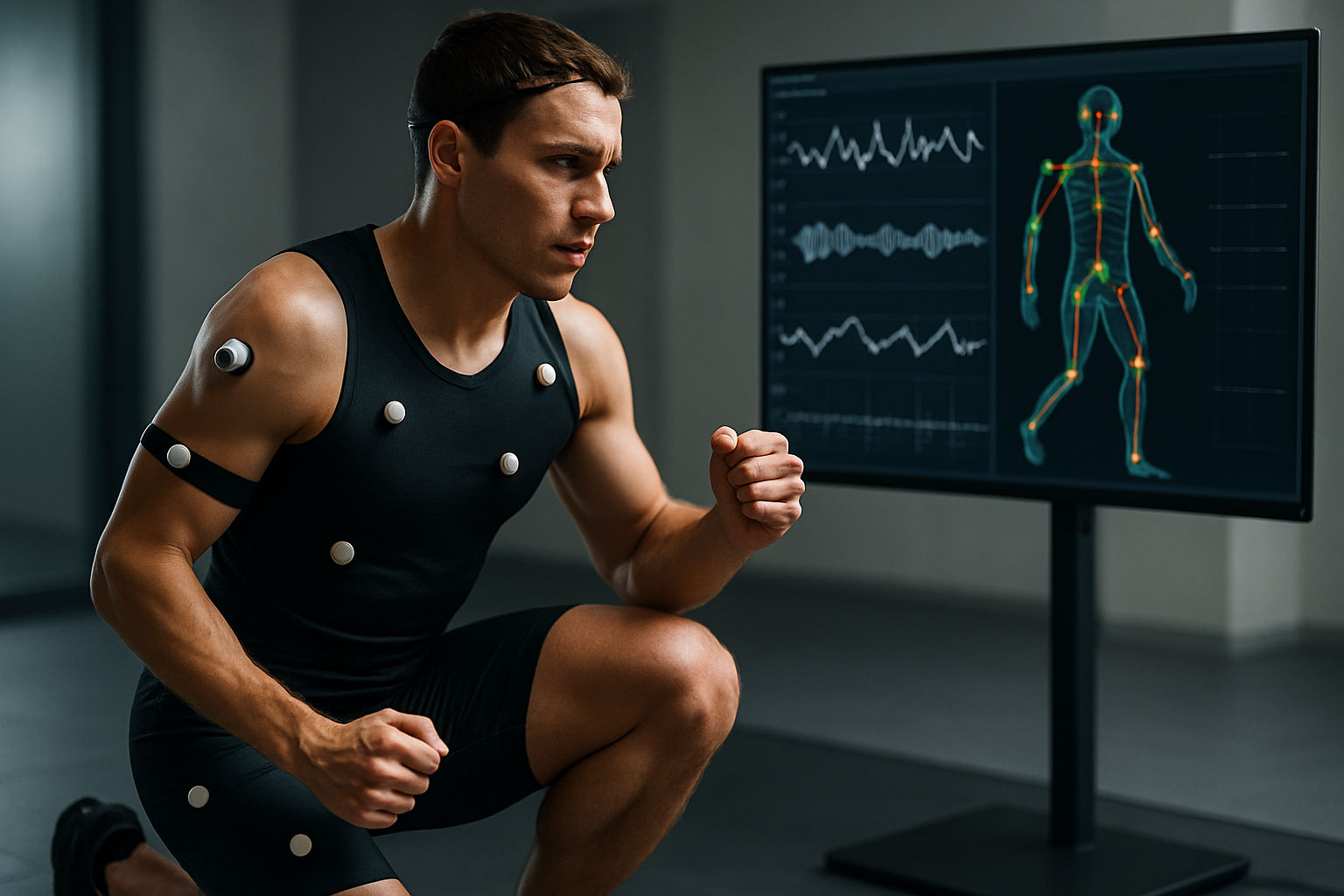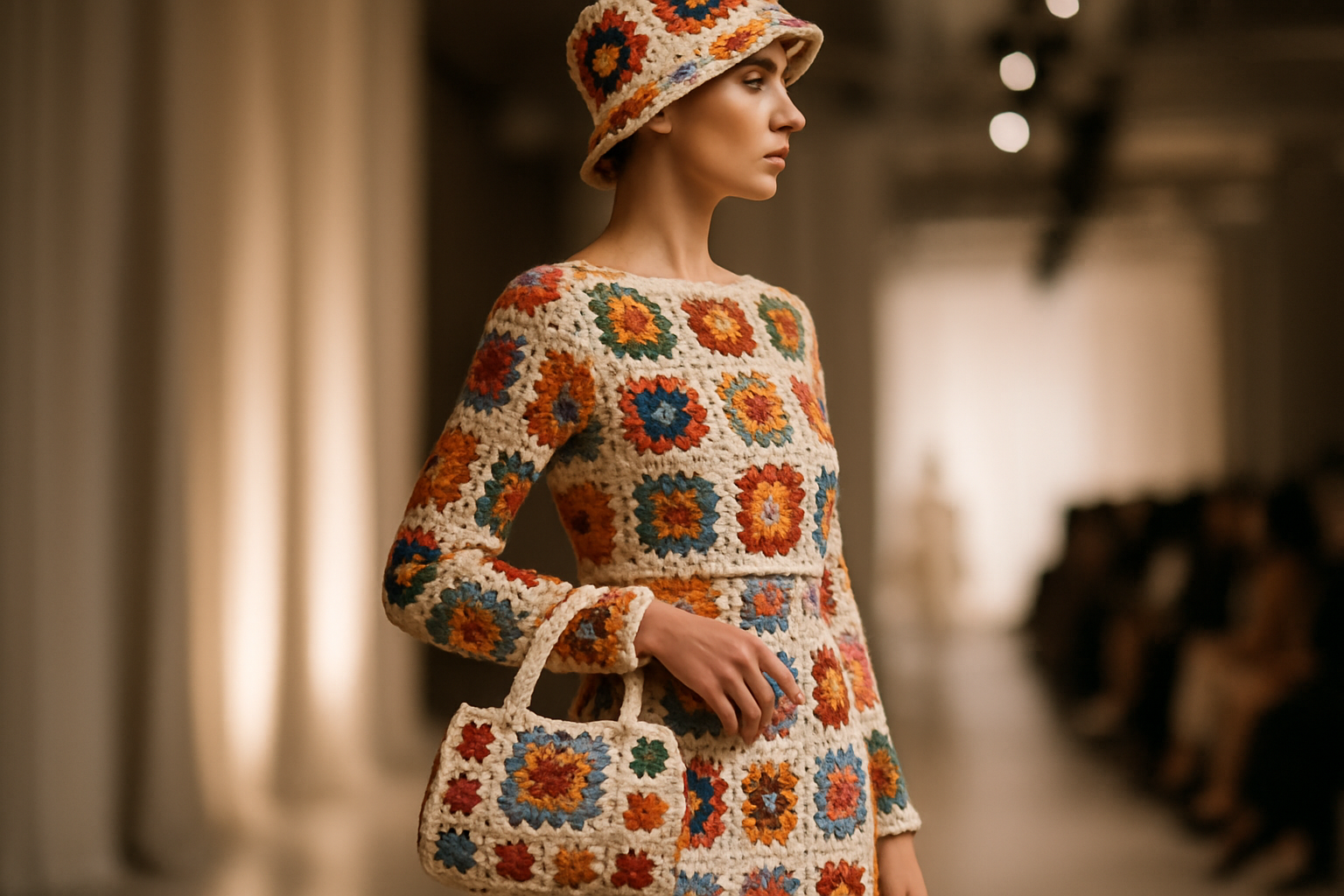Bioceramic Clothing: The Future of Performance Wear
In the ever-evolving world of fitness and wellness, a groundbreaking innovation is quietly revolutionizing the way we approach athletic performance and recovery. Bioceramic clothing, a cutting-edge fusion of textile technology and mineral science, is emerging as a game-changer in the realm of performance wear. This remarkable advancement promises to enhance athletic output, accelerate recovery, and promote overall well-being through the simple act of wearing specially engineered garments. As the fitness industry constantly seeks new ways to push the boundaries of human potential, bioceramic clothing stands out as a beacon of progress, offering a unique blend of comfort, functionality, and scientific ingenuity that could reshape our understanding of what sportswear can achieve.

Far-infrared radiation, while invisible to the naked eye, is a form of electromagnetic energy that can penetrate deep into the human body. This penetration is believed to offer numerous physiological benefits, including improved circulation, reduced inflammation, and enhanced cellular metabolism. The concept behind bioceramic clothing is to harness these benefits continuously, providing a passive yet potent boost to the body’s natural processes during both activity and rest.
Historical Context and Development
The use of ceramics for therapeutic purposes is not entirely new. Traditional Chinese medicine has long employed ceramic materials in various healing practices. However, the integration of bioceramics into wearable textiles is a relatively recent innovation, born from the intersection of materials science, bioengineering, and textile manufacturing.
The development of bioceramic clothing can be traced back to the early 2000s when researchers began exploring ways to enhance the functional properties of fabrics beyond mere comfort and durability. Initial experiments focused on incorporating ceramic powders into synthetic fibers, but these early attempts often resulted in stiff, uncomfortable garments that were impractical for everyday wear.
Breakthrough came with advancements in nanotechnology, allowing for the creation of bioceramic particles small enough to be seamlessly integrated into textile fibers without compromising the fabric’s flexibility or feel. This innovation paved the way for the first generation of commercially viable bioceramic clothing, which hit the market in the mid-2010s.
Benefits and Performance Enhancements
The potential benefits of bioceramic clothing are wide-ranging and continue to be a subject of ongoing research. However, several key advantages have been consistently reported:
- Improved Blood Circulation: The far-infrared radiation emitted by bioceramic particles is thought to promote vasodilation, increasing blood flow to muscles and tissues. This enhanced circulation may lead to better oxygenation and nutrient delivery during exercise.
- Faster Recovery: By potentially reducing inflammation and promoting better circulation, bioceramic clothing may help accelerate the body’s natural recovery processes after intense physical activity.
- Temperature Regulation: The FIR-reflecting properties of bioceramics can help maintain a more stable body temperature, potentially improving comfort during exercise in various environmental conditions.
- Pain Relief: Some users report reduced muscle soreness and joint pain when wearing bioceramic garments, possibly due to the anti-inflammatory effects of far-infrared radiation.
- Enhanced Performance: While more research is needed, preliminary studies suggest that the cumulative effects of improved circulation and reduced fatigue may contribute to enhanced athletic performance over time.
Current Market Trends and Industry Impact
The bioceramic clothing market, while still niche, is experiencing rapid growth as awareness of its potential benefits spreads among athletes, fitness enthusiasts, and wellness-minded consumers. Major sportswear brands have begun incorporating bioceramic technology into select product lines, often marketing them as premium performance-enhancing gear.
This trend is not limited to athletic wear alone. The potential therapeutic benefits of bioceramic textiles have caught the attention of the medical community, leading to the development of bioceramic-infused compression garments for post-surgical recovery and chronic pain management.
The impact on the broader textile industry is also noteworthy. As demand for bioceramic clothing grows, manufacturers are investing in new production techniques and quality control measures to ensure the consistent integration of bioceramic particles into fabrics. This has spurred innovation in textile engineering, potentially leading to advancements that could benefit other sectors of the industry.
Challenges and Controversies
Despite its promise, bioceramic clothing is not without its challenges and skeptics. One of the primary hurdles is the lack of comprehensive, long-term studies on its effectiveness. While many users report positive experiences, the scientific community calls for more rigorous research to substantiate claims and understand the full scope of bioceramic clothing’s impact on human physiology.
Another point of contention is the variability in product quality and effectiveness across different brands and manufacturers. The concentration and composition of bioceramic particles can vary significantly, potentially leading to inconsistent results for consumers.
There’s also the question of durability. Some users report a decline in the garments’ effectiveness over time, raising concerns about the longevity of the bioceramic properties after repeated washing and wear.
The Future of Bioceramic Clothing
As research continues and manufacturing processes improve, the future of bioceramic clothing looks promising. We may see more targeted applications, such as garments designed to address specific health concerns or enhance particular aspects of athletic performance.
Integration with other smart textile technologies is another exciting prospect. Imagine bioceramic clothing that can also monitor vital signs, adjust its properties based on body temperature, or even change color to indicate optimal hydration levels.
The potential for bioceramic clothing extends beyond sports and fitness. Its therapeutic properties could lead to wider adoption in healthcare settings, potentially revolutionizing patient care and recovery protocols.
As we stand on the brink of this textile revolution, bioceramic clothing represents more than just a new product category. It embodies the convergence of ancient wisdom and cutting-edge science, offering a glimpse into a future where our clothing does more than just cover and protect—it actively contributes to our health and performance. While challenges remain, the potential of bioceramic clothing to transform our approach to wellness and athletic achievement is undeniable, marking it as a trend worth watching in the years to come.





